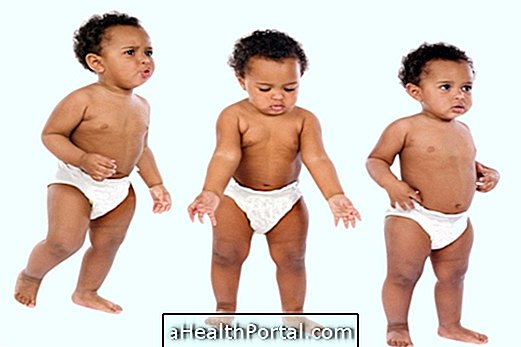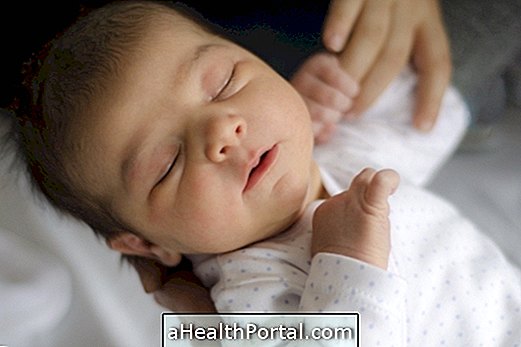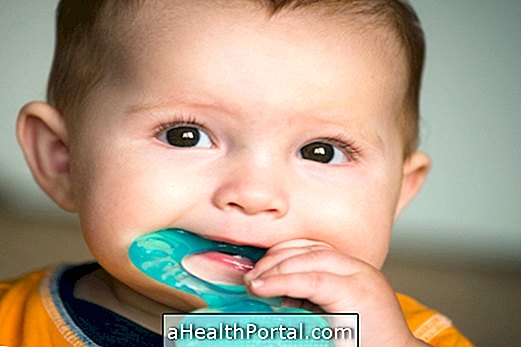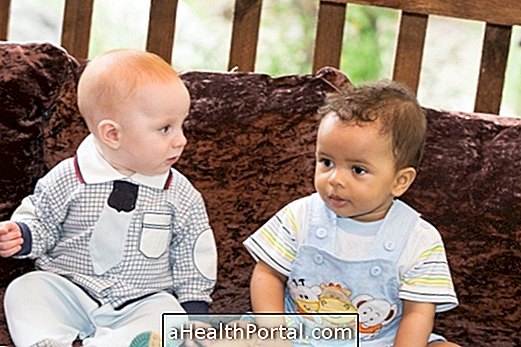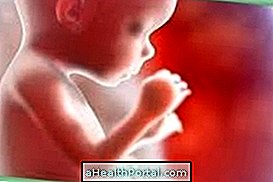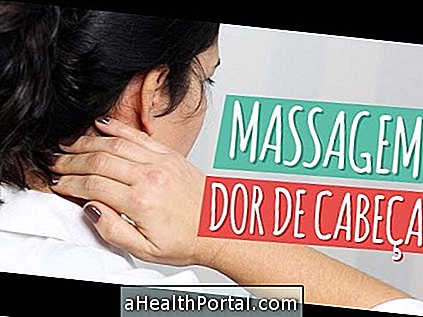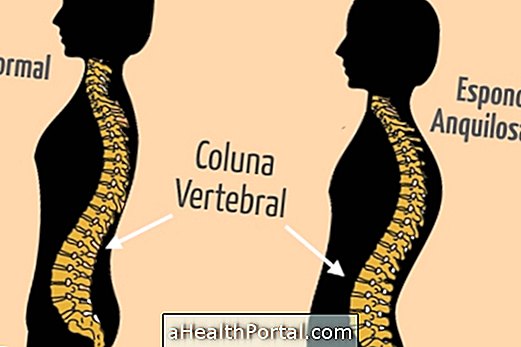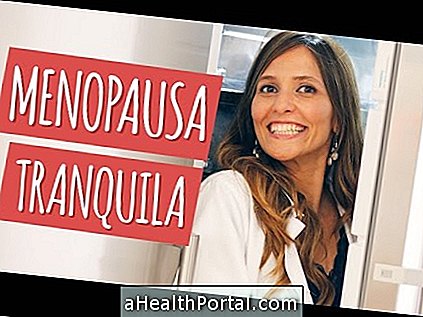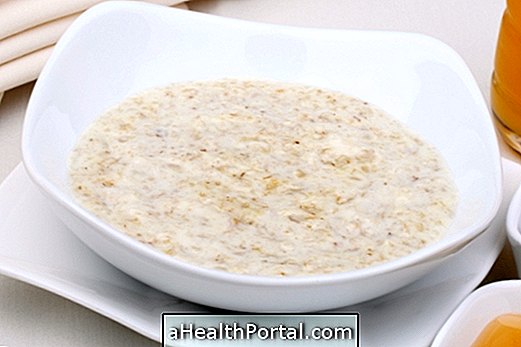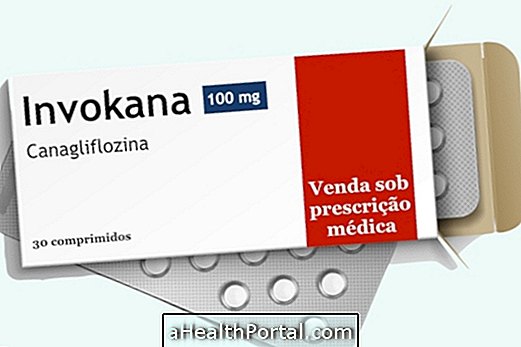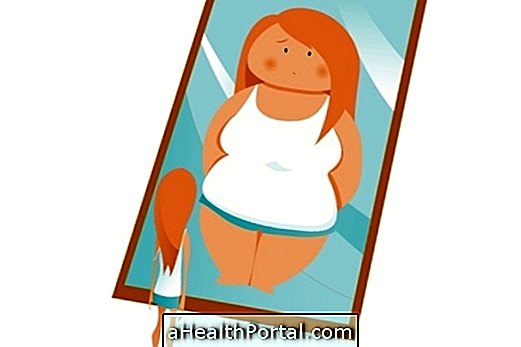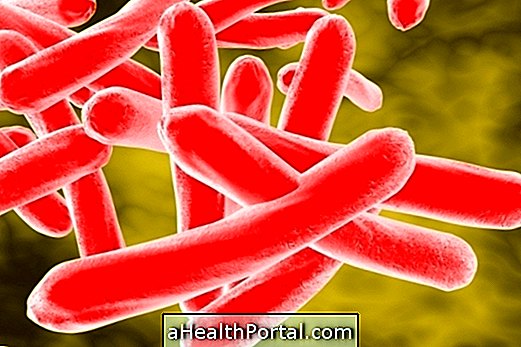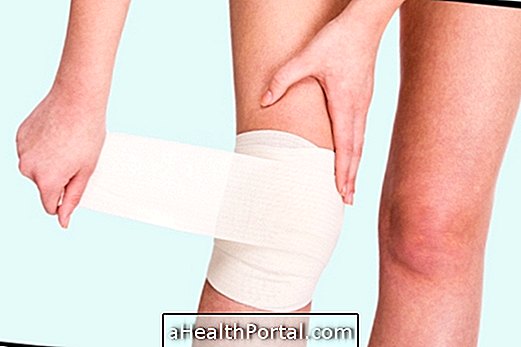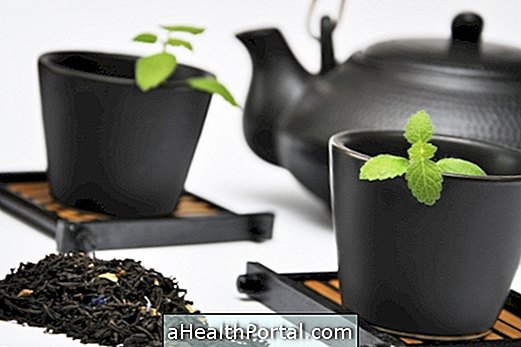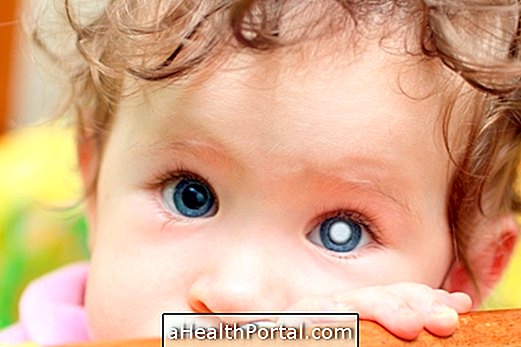The baby at 1 month already shows signs of satisfaction in the bath, reacts when feeling discomfort, wakes up to eat, cries when he is hungry and is able to pick up an object with his hand.
The vast majority of babies at this age sleep all day, but some can wake up at night, changing the day at night. They like to close their eyes while they suck, usually falling asleep then this being the perfect opportunity for the mother to change the diaper and accommodate it in the crib. In addition, gnawing and sneezing are frequent at this stage, eventually disappearing over time.

1 month baby's weight
This table indicates the ideal baby weight for this age, however, the weight may vary slightly, and the baby may have more or less weight.
| Boys | Girls | |
| Weight | 4.3 g | 4.1 g |
| Stature | 55 cm | 54 cm |
| Cephalic perimeter | 37 cm | 36 cm |
| Thoracic perimeter | 36 cm | 34 cm |
| Monthly weight gain | 750 g | 750 g |
In general, infants at this stage of development maintain a pattern of weight gain of 600 to 750 g per month.
Baby sleep at 1 month
Baby sleep at 1 month occupies most of the day because the baby at 1 month sleeps a lot.
It may happen some babies woke up only near midnight, changing the day at night, which is common in babies at this age because they do not have schedules, just needs, depending on the day and night of their appetite or their cramps. Over time, the baby will regulate their schedules, however there is a fixed deadline for everyone, varying this process from baby to baby.
Baby feeding at 1 month
Feeding the baby at 1 month should be exclusively breastfed, as it is recommended to keep breastfeeding up to 6 months because of the benefits of breast milk, which protect it from various diseases and infections due to the mother's antibodies present in milk. However, if the mother has difficulty breastfeeding, a supplement of powdered milk may be added to the food, which must be suitable for the baby's age and should only be used under medical supervision. Learn more about baby feeding in this period on How to Feed Baby From 0 to 6 Months.
Due to the type of feeding, it is normal for your stools to be pasty, yellowish or brownish in color, and it is normal for the baby to have cramps.
These cramps often appear in babies fed with powdered milk supplements, but they can also occur in babies who are breastfed because of the air that is swallowed during breastfeeding. In addition, cramps also arise because the baby does not have his or her mature gut to digest the milk properly. Learn more about this in 5 tips to relieve baby gas.
1 month baby development
The 1 month old baby, lying on his stomach, is already trying to lift his head. He is attracted to bright objects, but prefers contact with people than objects, not being able to hold objects for long.
In response to the mother, the baby at 1 month is already able to fix his eyes on his mother, and to hear and recognize his voice and his smell. Learn more about baby development during this time in 1 month baby development.
At this stage, they still can not see right, seeing only spots and colors as if it were a painting, and are already capable of making small sounds. In addition, he is able to grasp the mother's finger if she touches his hand and rotates his head and opens his mouth when stimulated on the face.
1-month baby toys
A joke for the baby at 1 month can be dancing with the baby in his lap, supporting his neck to the sound of soft music. Another suggestion is to sing a song, with different tones and intensity of voice, trying to include the baby's name in the song.
The 1 month old baby can leave the house, however it is recommended that your walks be made early in the morning, between 7am and 9am preferably, and it is not recommended to take babies from 1 month to enclosed spaces such as supermarkets or malls, for example .
In addition, it is possible to take a month's baby on the beach, since it is always before 9 o'clock in the morning, in the sun-trapped car, dressed and with sunscreen and hat. At this age it is also possible to travel with the baby, but travel should not be longer than 3 hours.

